With film photography reaching new heights of popularity, now’s the time to get your hands on the best 35mm film camera. But what is the best? 35mm film cameras offer different features depending on your skill level and what you want. Some are fun, simple point-and-shoot cameras. And others have more manual settings for complete creative control.
We’ve included a film camera for everyone on our list. But the Kodak EKTAR H35 is the best 35mm camera to go for. It’s brand new from Kodak. It’s compact, lightweight, and affordable. And it gives you 72 images from a 36-exposure roll of film. Film photographers, young and old, will have fun with it!
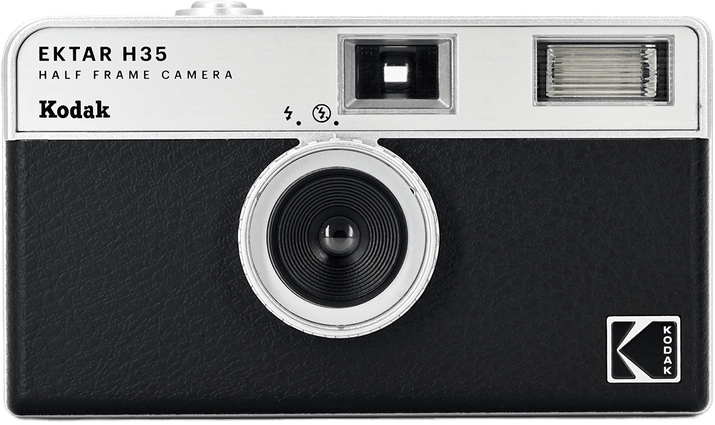
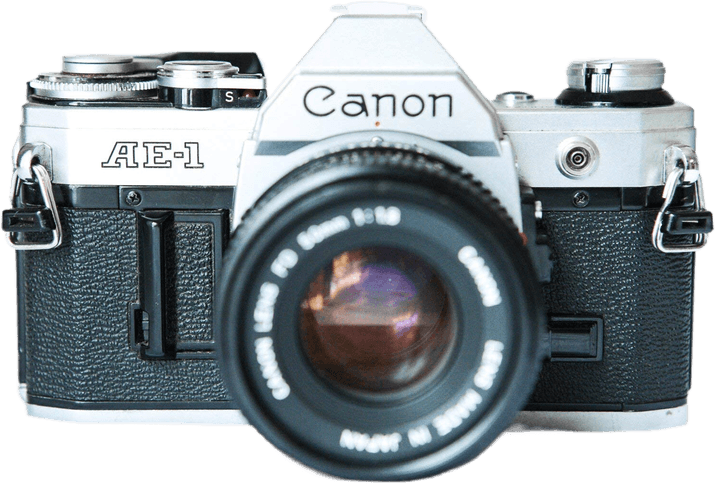
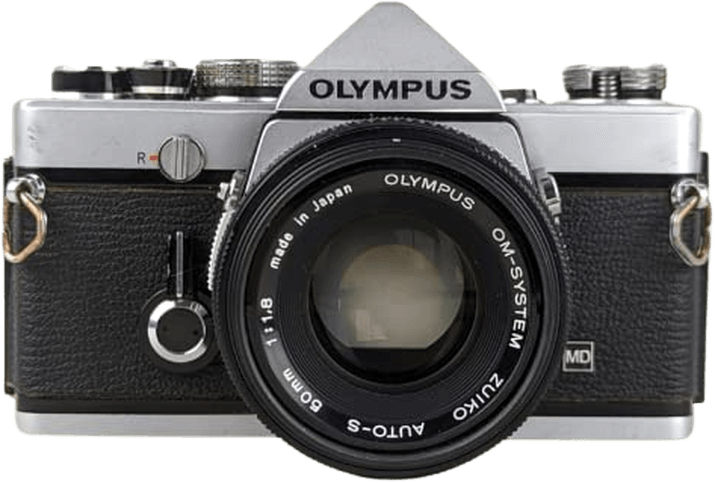
Not long ago, film photographers looked like a dying breed. Analog photography had become an eccentricity for purists. And digital cameras have dominated the photography world for the last 25 years.
But now film photography is all the rage once again. Photography stores can’t get enough film in stock. And people are dusting off their old 35mm cameras.
But what is the best 35mm camera? There are plenty of 35mm cameras to choose from. But finding the best is about balancing your experience, objectives, and budget.
You might want something simple if you haven’t used a film camera before. But those with a little more experience can go for a 35mm camera with more controls.
We’ve included a wide range of cameras in our list. We have classic 35mm SLR (Single Lens Reflex) cameras. We have fantastic compact cameras. And we also have new cameras breathing life into the film photography scene.
Here’s a quick look at our selection of the best 35mm film cameras. We’ll look closer at each film camera in the section after. And you can also check out the FAQ section at the end. It has more information on 35mm film cameras.



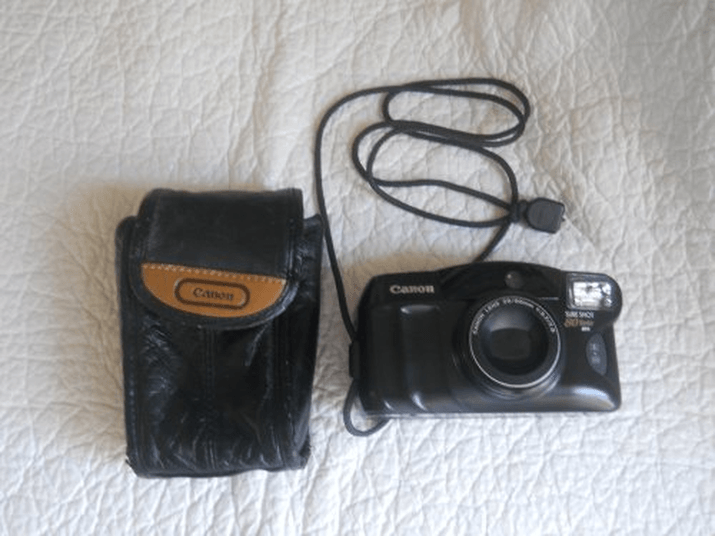
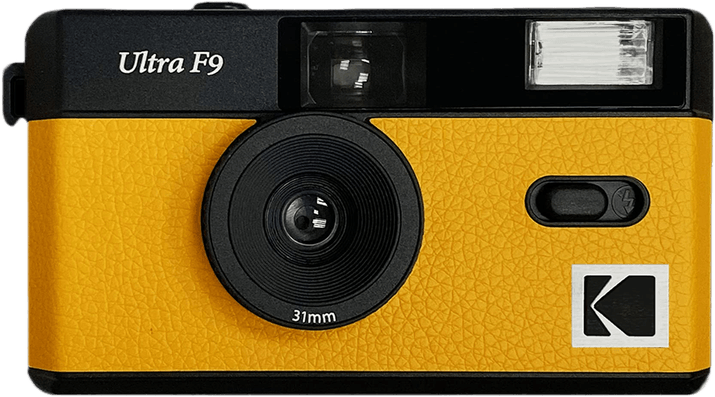

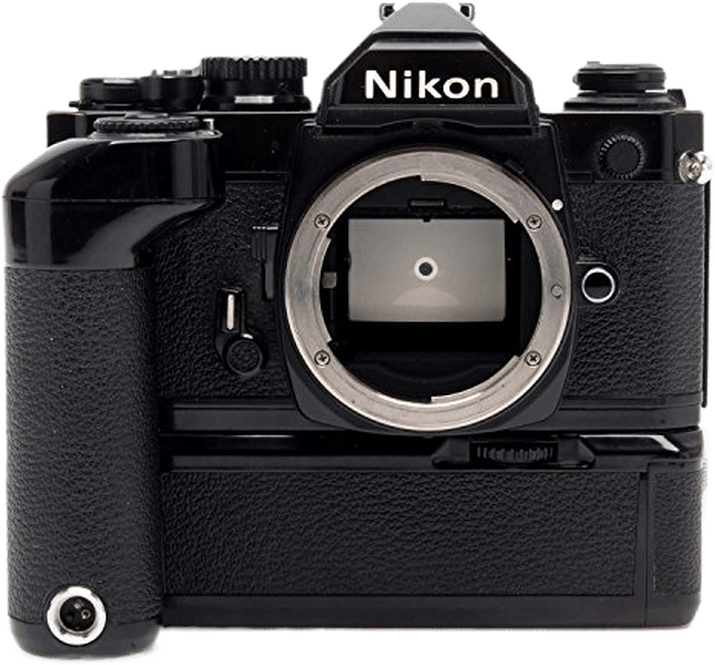
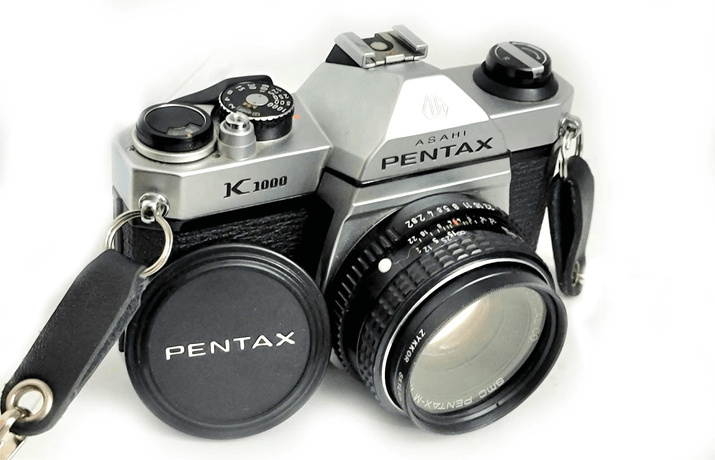
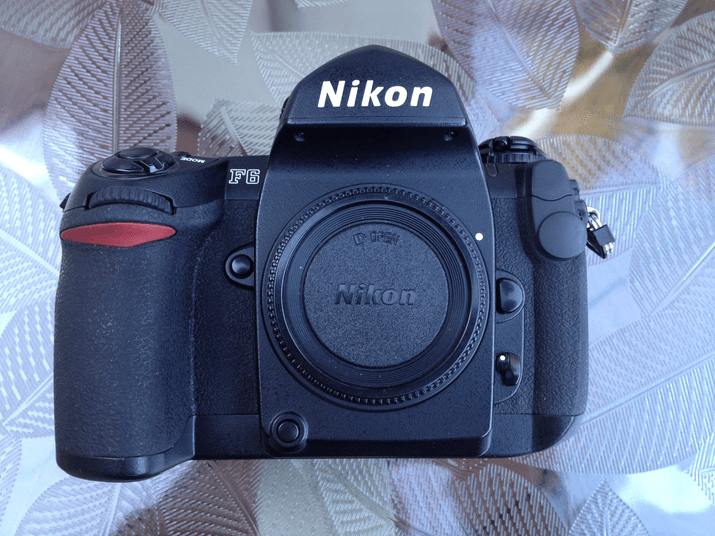
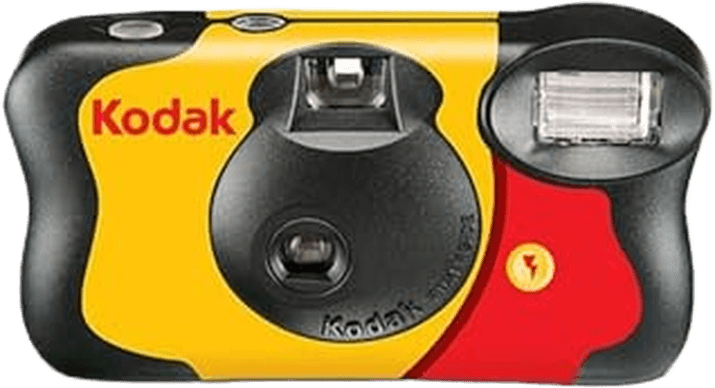
Now we’ll look at the best 35mm film cameras in detail. There are classic film cameras for photographers looking for a retro style.
You’ll find some of the all-time great SLR cameras on our list. And we’ve included new 35mm models that will inspire a new generation of film photographers.

| Brand |
Brand
Kodak
|
| Camera Type |
Camera Type
Compact and reusable
|
| Focus Type |
Focus Type
Focus-free
|
| Original Release Year |
Original Release Year
2022
|
| Other Key Features |
Other Key Features
72 shots from 36-shot roll, built-in flash
|
| Best For |
Best For
Anyone who enjoys film photography
|
The Kodak EKTAR H35 is a brand new 35mm film camera. Film shooters no longer have to rummage through second-hand stores to find a film camera that works.
It is a simple 35mm camera anyone can use. So it’s perfect as someone’s first film camera. But experienced filmer users will have a lot of fun with it too!
This model is unique among film cameras. It’s the only camera that gives you 72 photos from a standard 36-shot roll of film. It does this by exposing half a film cell for each shot. So it gives you two images in each cell.
This does have some consequences. All the photos have a portrait orientation, even when holding the camera in the landscape position. And you get two images on each print if you have them printed. But the results are still fantastic!
This is a focus-free camera. That means there are no manual focus features. And the camera doesn’t have an autofocus. The camera is set up so that everything is in focus all the time.
You can shoot a portrait or a landscape photo without changing any settings. This doesn’t result in the sharpest images. But it makes it super simple to use.
The Kodak EKTAR H35 has a built-in flash. It’s handy for night photography. And it allows you to get shots at parties and concerts.
The camera is lightweight and compact. It weighs next to nothing. And can even get it in your coat pocket. It’s an affordable film camera that produces fun photos. Everyone should have a go!
See our full Kodak EKTAR H35 review in this article.

| Brand |
Brand
Canon
|
| Camera Type |
Camera Type
SLR
|
| Focus Type |
Focus Type
Manual
|
| Original Release Year |
Original Release Year
1976
|
| Other Key Features |
Other Key Features
Built-in light meter, Shutter Priority mode
|
| Best For |
Best For
Film photography lovers
|
For many, the Canon AE-1 is the best 35mm film camera ever. Canon produced it from 1976 to 1984.
It was the most popular commercial camera at the time. And now, photographers are once again appreciating the beauty of this classic film camera.
This was Canon’s first TTL (Through The Lens) metering camera. And the TTL system allowed Canon to create the built-in light meter.
We take features like this for granted in digital cameras. But this was a revelation 50 years ago. And it’s still a handy feature now. It’s really useful for learning the ropes with 35mm cameras.
The controls are basic. You have the shutter speed, and ISO controls at the top of the camera. And you change the aperture by turning the ring on the lens.
Those are your main exposure controls. And there’s very little to distract you. That’s why it’s such a great camera for learning about photography.
The camera does have Shutter Priority mode when you use specific lenses. This is a semi-automatic mode, making shooting even easier. You select the shutter speed. And the camera takes care of the correct aperture. Again, thanks to the TTL system.
The body of the Canon AE-1 is a mix of metal and plastic. The build quality is fantastic. But the internal plastic parts are prone to break if not looked after. Thankfully, these are easily repaired.
It does feel heavy by modern camera standards. But you also get the manual controls that make for a tactile experience.
Absolute beginners might find the Canon AE-1 heavy and clunky. But it’s the type of camera that makes you fall in love with film photography. It certainly had that effect on me. And you can read my full review of the Canon AE-1.

| Brand |
Brand
Olympus
|
| Camera Type |
Camera Type
SLR
|
| Focus Type |
Focus Type
Manual
|
| Original Release Date |
Original Release Date
1972
|
| Other Key Features |
Other Key Features
TTL light meter, hot shoe connector
|
| Best For |
Best For
Photographers wanting a compact SLR
|
In the 1970s, the Olympus OM-1 was dubbed the “working class Leica.” And Leica made and continues to make luxury cameras.
This model was an affordable and accessible camera for the masses. It’s a Single Lens Reflex (SLR) camera. The analog version of the DSLR camera. But it has a durable yet compact body.
Like the Canon AE-1, it uses TTL metering. This allows for an accurate built-in light meter. You can see the light meter when you look through the viewfinder. It recommends the best aperture for your scene. So it’s a great feature for anyone shooting film.
One of the main reasons for this camera’ sustained popularity is its size. It’s smaller and more lightweight than most other SLRs before or since. It has simple exposure controls. And it’s easy to pick up and start shooting.
The Olympus OM-1 is where it all started for Olympus. And it set the standard for Olympus cameras in the future.
You can see similar traits in the best digital Olympus cameras today. It’s a perfect choice if it’s your first 35mm SLR. But it’s also a great option for experienced shooters who want a more compact camera.

| Brand |
Brand
Canon
|
| Camera Type |
Camera Type
Compact
|
| Focus Type |
Focus Type
Automatic
|
| Original Release Year |
Original Release Year
1995
|
| Other Key Features |
Other Key Features
Standard and telephoto lenses, shooting modes and mode dial
|
| Best For |
Best For
Film shooters wanting a compact 35mm camera
|
The Canon Sure Shot Tele 80 is unique in the world of compact cameras. With a standard and telephoto lens, it’s a true one-of-a-kind. It’s a sleek and stylish compact camera that takes 35mm film.
It has fantastic versatility for an analog camera. And it also has classic automated features that were common in the ’90s.
This Canon doesn’t have a zoom lens. But it does have two lenses with different focal lengths. The first lens has a 38mm focal length. It is ideal for wide shots, groups, and landscapes.
The second lens has an 80mm telephoto lens. It gives you more magnification, getting you closer to your subject. And it’s a great portrait lens.
Unlike zoom cameras, you don’t zoom from one focal length to another. Rather, you switch from one lens to the other. Many might fear this is complicated. But flicking a switch is all there is to it!
The camera also has several shooting modes. You have options for landscape, portrait, and night photography.
You select the mode you want by turning the dial at the back. And the camera sets the exposure settings to match that style of photography.
The Sure Shot Tele 80 also has accurate autofocusing. It’s less sophisticated than the AF systems you see on digital cameras. There’s no subject tracking or face detection. But it is reliable most of the time.
And the built-in flash is another feature film shooters enjoy. It’s perfect for nighttime photos or parties.

| Brand |
Brand
Kodak
|
| Camera Type |
Camera Type
Compact / Reusable
|
| Focus Type |
Focus Type
Focus-free
|
| Original Release Year |
Original Release Year
2021
|
| Other Key Features |
Other Key Features
Fixed 31mm lens, 1 m to infinity focus
|
| Best For |
Best For
Beginners and casual film shooters
|
The Ultra F9 is another new model from Kodak. Kodak is the biggest name in color film. And they’ve produced some fun film cameras over the years. This is one of the best. And it’s one of the best ways to start shooting Kodak film.
This is a compact camera with simple controls. And it’s a focus-free camera. So you don’t need to worry about focusing. Everything from one meter to infinity is in focus.
That doesn’t give you pinpoint sharpness. But the camera does produce images with an unmistakable film aesthetic.
It has a 31mm lens with a fixed f/9 aperture. This gives you a lovely viewing angle. And the aperture is wide enough to give you sufficient light in most daylight situations.
It has a built-in flash you can turn on and off with the front switch. And you have to wind and rewind the film manually.
The Kodak Ultra 9 is a fun and easy way to shoot film. It’s affordable and fits in your coat pocket. Plus, it’s great for beginners, young teens, and anyone who loves shooting film with friends.

| Brand |
Brand
Minolta
|
| Camera Type |
Camera Type
SLR
|
| Focus Type |
Focus Type
Manual
|
| Original Release Year |
Original Release Year
1981
|
| Other Key Features |
Other Key Features
Aperture Priority and metered manual modes
|
| Best For |
Best For
Film photography purists
|
It was perhaps underappreciated at a certain time. But the Minolta X-700 has become one of the most popular SLR cameras with film purists.
The built quality is exceptional. And while this means it’s a bit heavy, all the knobs, cogs, and levers work wonderfully. Film photography is a joy with this camera!
The automated modes set it apart from the competitors. It has an Aperture Priority mode. There’s a Program mode, which is pretty much a completely automatic mode. And the built-in light meter also assists you in Manual mode.
You also get bulb mode, which allows you to hold the shutter open as long as you want. It’s perfect for night and long-exposure photography. But you’ll need a good tripod for the best results.
The Minolta X-700 is a true classic of 35mm film cameras. They weren’t produced in the same quantity as the Canon AE-1 or Olympus OM-1. So working models aren’t as plentiful.
But they’re well worth it if you can hunt one down. And you can also join the Minolta film community by following the Minolta Mornings Instagram page.

| Brand |
Brand
Nikon
|
| Camera Type |
Camera Type
SLR
|
| Focus Type |
Focus Type
Manual
|
| Original Release Year |
Original Release Year
1982
|
| Other Key Features |
Other Key Features
Full metal body and parts, 1/4000 s shutter speed
|
| Best For |
Best For
Passionate film photographers
|
The FM2 was the camera that made Nikon a photography powerhouse. It was so popular that Nikon produced it from 1982 to 2001.
It’s a classic SLR camera with a full metal body. So you get a strong camera. It has a reputation as one of the era’s toughest and most durable cameras.
While the plastic inner workings of a Canon AE-1 are prone to break, the metal gears of the FM2 have no such problem. It is a heavy camera. But you know this camera was built to last.
This Nikon once had the fastest shutter of any 35mm film camera. You could set it to an ultra-fast 1/4000 s. This was unheard of in the 1980s. And it also has the best flash-sync system on the market. That made it the best for flash photography.
The Nikon FM2 was a landmark for Nikon cameras. And it made them the camera giants they are today. It is pricier than many classic SLR cameras from the same era. But it’s worth the extra cash if you want something solid and reliable.

| Brand |
Brand
Pentax
|
| Camera Type |
Camera Type
SLR
|
| Focus Type |
Focus Type
Manual
|
| Original Release Year |
Original Release Year
1976
|
| Other Key Features |
Other Key Features
Rangefinder focusing aide
|
| Best For |
Best For
Beginners wanting a 35mm SLR
|
The Pentax K1000 is another absolute classic 35mm film camera. It’s similar to the Nikon FM2 in that it has a mostly metal body. But the K1000 was sold as a basic SLR for the masses.
It proved so popular it was in production for over 20 years. And over three million units were sold worldwide.
This Pentax has basic controls, even for an SLR camera. Shutter speed and aperture are basically all you can change on the camera. But that’s part of this film camera’s charm. It takes you back to basics.
It does have an internal light meter to help you get the right exposure. And the viewfinder has a rangefinder aide to help you get the perfect focus. It’s stripped back and streamlined.
The K1000 is one of the most accessible SLR cameras for beginners. The simple yet effective controls make it ideal for learning the ropes. But even experienced film shoots will appreciate the charm of this classic camera.
| Camera Type |
Camera Type
Compact and reusable
|
| Focus Type |
Focus Type
Focus-free
|
| Original Release Year |
Original Release Year
2021
|
| Other Key Features |
Other Key Features
Fixed 31mm lens, built-in flash
|
| Best For |
Best For
Casual film photography
|
Ilford is best known for its excellent range of black and white film stocks. But they also make these excellent reusable 35mm film cameras. They aren’t exactly state-of-the-art. But Ilford Sprite is a great gateway into film photography.
It is compact and lightweight. So you can take it anywhere. And it couldn’t be easier to use. It has a focus-free system. That means everything from one meter to infinity is always in focus. You won’t miss your shot trying to find focus!
It has a 31mm fixed lens. And the aperture is also fixed at f/9. It isn’t ideal for low-light situations. But it delivers good results in the daytime. You also have the built-in flash to shoot in the dark.
The Sprite is a fun and easy camera for film fans. Whether you’re experimenting with new film, shooting expired film, or making memories with friends, it’s a great camera. And a roll of Ilford HP5 Plus is the perfect partner.

| Brand |
Brand
Nikon
|
| Camera Type |
Camera Type
SLR
|
| Focus Type |
Focus Type
Manual and auto
|
| Original Release Year |
Original Release Year
1996
|
| Other Key Features |
Other Key Features
Aperture and Shutter Priority modes, Program mode, autofocusing
|
| Best For |
Best For
Professional film photographers
|
The Nikon F6 was one of the last great film cameras. Produced before the turn of the millennium, it was the last roll of the dice before digital took over. And it’s one of the most advanced film cameras.
This Nikon even looks like a DSLR camera. This one will set you back financially. But few cameras come close to it in terms of features and modes.
It has Shutter and Aperture Priority modes. And you can use Program mode if you want even more automation. Or you can enjoy the smooth manual features.
The light metering is incredibly accurate. And the control screen on the top gives you all the necessary information when working.
The camera also has autofocus features, which is impressive for a 35mm SLR camera. It also has automatic film loading, advancement, and rewind features. These can really save you time and energy when you’re shooting a lot of rolls.
The F6 film camera is an advanced SLR for professional film photographers. It delivers incredible results. And it gives you more control than any other 35mm camera. It is expensive. But it’s a brilliant 35mm film camera!

| Brand |
Brand
KODAK
|
| Camera Type |
Camera Type
Compact and disposable
|
| Focus Type |
Focus Type
Automatic
|
| Original Release Year |
Original Release Year
2000
|
| Other Key Features |
Other Key Features
27 exposures, 800 ISO film
|
| Best For |
Best For
Parties, weddings, and holidays
|
The Kodak FunSaver is the classic disposable camera. It has a simple design and is super easy to use. Anyone can pick it up and take a picture. And the results are far more consistent than most disposable cameras.
It’s loaded with 800 ISO film. This doesn’t give you the pristine quality of 100 or 200 ISO film. And you might experience more grain. But it gives you better results in low light. Also, many people want grainy texture in their film photos.
The FunSaver is a fun and affordable way to get into film photography. You don’t have to be a film photography enthusiast. And you can use them for parties, weddings, or family holidays.
See our list of the best disposable cameras if you want more fun alternatives.
Here are the answers to some frequently asked questions to help you find the best 35mm film camera.
In my opinion, the Canon AE-1 is the best classic 35mm camera. Some might find it heavy. But that’s one of the reasons I like it. It feels like a real piece of photography equipment.
I also love the manual and tactile controls. There’s nothing too complicated. And it produces fantastic photos time after time.
The Minolta X-700 is another classic 35mm SLR camera. And you have the Pentax K1000 if you want something simple and easy to use.
You can also try the Canon Sure Shot Tele 80 if you want a compact 35mm camera. It has dual lenses and excellent shooting modes. It’s fun and versatile.
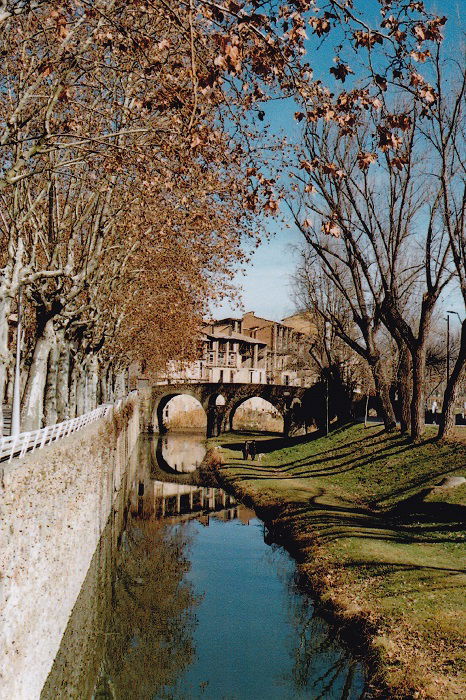
The Kodak EKTAR H35 is the best new camera all film lovers should try. It gives you 72 shots from a 36-shot roll of film. It’s compact and lightweight. And it’s easy enough for anyone to use.
Kodak is the only company putting much effort into producing new 35mm film cameras. So options for new cameras are limited. But another fun option for shooting film photography is the Kodak Ultra F9.
The F9 is more like a standard compact 35mm camera. But again, it’s lightweight, compact, and easy to use. And the Ilford Sprite is a similar 35mm camera. Both are excellent ways to start shooting film.
When it comes to choosing film, there are two paths you can take. You can use color film for color photos. Or you can use black-and-white film stocks for monochrome images.
Shooting black and white is a great way to learn the basics. And black and white films tend to be cheaper than color rolls. We recommend Ilford HP5 Plus for getting started. It’s affordable, forgiving, and gives you beautiful tones and contrasts.
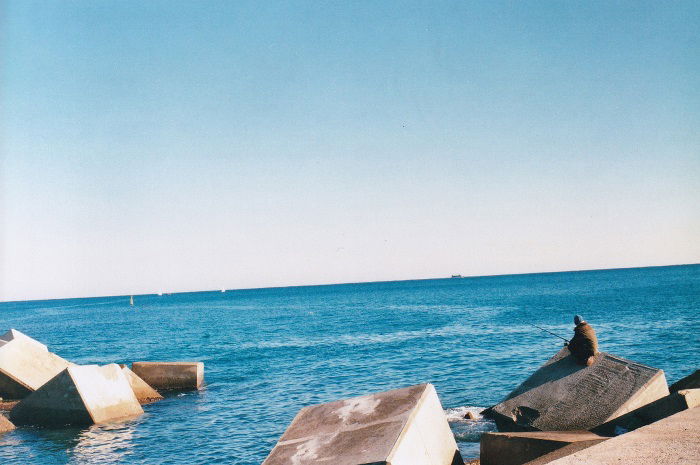
Color film doesn’t have the same variety as black and white. Kodak and Fujifilm are the two main manufacturers. But Kodak is raising prices, and Fujifilm is losing interest. Nonetheless, there are still some fantastic color films to choose from.
Kodak ColorPlus is a great place to start. Or you could go for Fujifilm C200. They are 200 ISO rolls that give you excellent quality and vibrant colors.
Kodak Ultramax 400 was my go-to film when I was learning the ropes. The 400 ISO makes it reliable in different lighting conditions. And it produced some of my most cherished photographs.
Rolls of film are flying off the shelves faster than ever. More people are looking for classic 35mm cameras. And companies like Kodak are even producing new film cameras. Film photography has hit another boom period. So don’t miss out!
You have plenty to choose from when picking a 35mm film camera. You can go for a classic film camera from the golden age of film photography. Or you can try one of the new ones from Kodak or Ilford.
We chose the Kodak EKTAR H35 as the best 35mm film camera. It’s simple and easy for anyone to use. It gives you 72 images from a standard roll of film. And it’s an affordable way to start shooting film photography.



